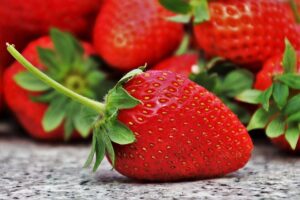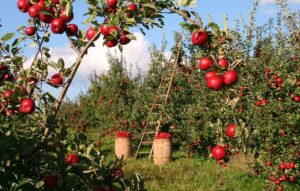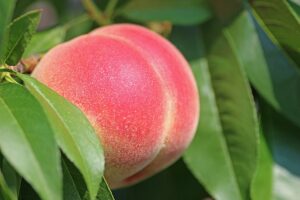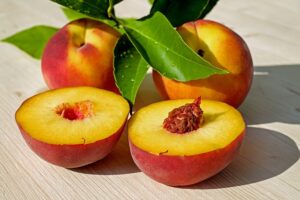Introduction
Carbohydrates are one of the essential macronutrients required by the human body. They serve as a primary source of energy and play a crucial role in various biological processes. Carbohydrates are composed of monomers and polymers, which are the building blocks of these complex molecules. In this article, we will explore the monomers and polymers of carbohydrates in detail.
Monomers of Carbohydrates
The monomers of carbohydrates are called monosaccharides. Monosaccharides are simple sugars that cannot be further hydrolyzed into smaller carbohydrates. They are composed of carbon, hydrogen, and oxygen atoms. The general formula for monosaccharides is (CH2O)n, where “n” represents the number of carbon atoms.
There are various types of monosaccharides, including glucose, fructose, and galactose. Glucose is the most abundant monosaccharide and is the primary source of energy for cells. Fructose is commonly found in fruits and is the sweetest of all monosaccharides. Galactose is found in milk and dairy products.
Monosaccharides can exist in different forms, such as linear chains or ring structures. In aqueous solutions, monosaccharides tend to form ring structures due to the reaction between the carbonyl group and hydroxyl group within the same molecule.
Polymers of Carbohydrates
Polymers of carbohydrates are formed by the linkage of monosaccharides through a process called dehydration synthesis or condensation reaction. During this reaction, a molecule of water is removed, and the monosaccharides are joined together by a glycosidic bond.
The most common polymer of carbohydrates is a disaccharide, which is formed by the linkage of two monosaccharides. Examples of disaccharides include lactose, maltose, and sucrose. Lactose is composed of glucose and galactose and is found in milk. Maltose is composed of two glucose molecules and is produced during the digestion of starch. Sucrose, commonly known as table sugar, is composed of glucose and fructose.
Apart from disaccharides, carbohydrates can also form complex polymers called polysaccharides. Polysaccharides are composed of many monosaccharide units linked together. They serve various functions in living organisms, including energy storage and structural support.
Examples of polysaccharides include starch, glycogen, and cellulose. Starch is the primary energy storage molecule in plants, while glycogen serves as an energy storage molecule in animals. Cellulose, on the other hand, forms the structural component of plant cell walls.
Conclusion
In conclusion, carbohydrates are composed of monomers and polymers. Monosaccharides are the monomers of carbohydrates and include glucose, fructose, and galactose. These simple sugars can form disaccharides, such as lactose, maltose, and sucrose, through dehydration synthesis. Additionally, monosaccharides can also combine to form complex polysaccharides like starch, glycogen, and cellulose. Understanding the monomers and polymers of carbohydrates is essential to comprehend their role in providing energy and maintaining the structural integrity of living organisms.
References
– National Center for Biotechnology Information. (n.d.). Carbohydrates. Retrieved from https://www.ncbi.nlm.nih.gov/books/NBK22436/
– Berg, J. M., Tymoczko, J. L., & Gatto, G. J. (2002). Carbohydrates. In Biochemistry (5th edition). Retrieved from https://www.ncbi.nlm.nih.gov/books/NBK22436/











